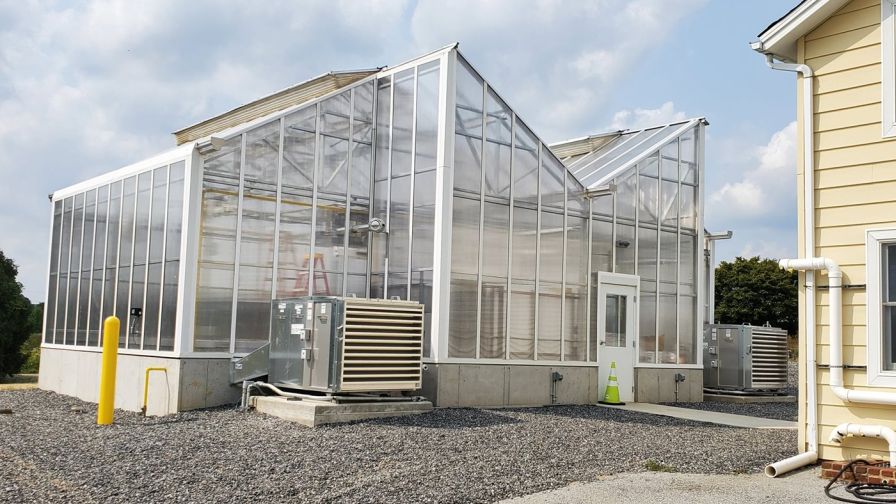A Checklist on Preparing Your Greenhouse for the Fall

Photo: LLK Greenhouse Solutions
By looking ahead and giving yourself time to properly prepare your greenhouse for the fall, you can save large amounts of money and prevent future headaches. It is no surprise that your crops adjust to the seasons, and ensuring your greenhouse follows suit is the most sure-fire way to maximize your profits and secure its long-term sustainability.
Prioritizing proper preparation and maintenance is the key to minimizing equipment failures and maximizing your greenhouse’s efficiency. By proactively addressing problems and making sure all equipment is properly maintained, you can more easily plan for future capital and operational expenses.
With the transition into fall coming soon, it is a good idea to create and adhere to a fall maintenance checklist that includes the checkup of all greenhouse equipment and systems. An investment in maintenance is an investment in growth.
Greenhouse Structure Checklist
Your checklist for greenhouse structure maintenance should include the following:
- Examine concrete piers/structure for deterioration: structure/bench foundation, walkways
- Glazing: punctures, inflation, light transmission, cracking, general conditions (also check update replacement history)
- Gutters: cleaning and inspecting for rust and leaks. Examine downspouts to make sure they are clear
- Vents: lubrication, operation, and motors. When it comes to vents, check along the entire length of each closed vent to ensure a tight seal and, if necessary, adjust for gaps. Clean the rack with cloth to remove all dirt and apply a small amount of lubricant. Manually run the vent machines to make sure rack and pinions are aligned and running smoothly. Some growers may also elect to lock down vents and turn off toggle switches if not need for winter ventilation.
- Plumbing: drainage, leaks, rust
- Wiring: corrosion, damaged wires
- Fire Safety: extinguishers, smoke detectors, exit plans, locating and removing potential hazards
- Safety Equipment: eye protection, first aid
Environmental Control Equipment Checklist
Your checklist for environmental controls should include the following:
- Heating (this should be the prime focus for your fall/winter tune up): Furnace cleaning, pilot lights, electrical, gas lines, venting, energy curtain. Check for tears or poor seals in energy curtains and consider programming your curtain system to pause as it uncovers to avoid rapid cold air quickly penetrating the crop. Lubricate pumps and motor bearings. Consider setting all walkways/corridors set points to cooler temperatures than the greenhouse to save energy. If applicable, test your back-up generators and temperature alarms. Utilize logs to review greenhouse temperatures from various periods of time, weeks, months, and previous years to measure how your equipment is functioning.
- Cooling: fans, evaporating cooling systems, vents, shade system, electrical. Late autumn is the ideal time to empty all pump tanks, wet vacuum them out, flush and clean lines, and completely clean your tanks
- Sensors: calibration, damages, power connection.
Irrigation Equipment Checklist
Your checklist for irrigation system maintenance should include the following:
- Misting Equipment: valves, motors, fluid flow, filter cleaning, punctured liners
- Drippers: clog/kink check, fluid flow, filter cleaning
- Fertigation system: monthly flush, injector cleaning, emitter testing
- Monitoring for biofilms
While this list serves as a guideline, it is important to make sure your maintenance list includes all areas of your greenhouse that may not have been mentioned. It is also important to document/track your maintenance and identify areas that will need future attention (e.g., age of poly film or polycarbonate) so you can budget accordingly. Failure to do so can result in detrimental consequences such as dead crops and plants that will yield high replacement costs.
When in doubt, remember the cliché: It is better to be safe than sorry. Proper preparation and upkeep of maintenance will allow you to smoothly transition from the summer to fall.








